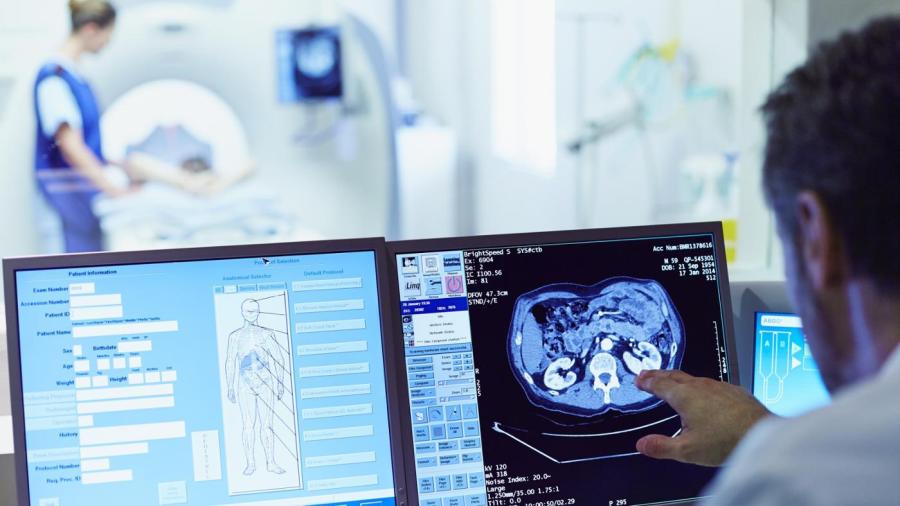What Is a Hypodense Lesion?

Hypodense lesions are often seen on the spleen on CT images of the abdominal area. Although the majority of the lesions are benign, some findings require further attention and investigation. Morphological factors must be applied in order to examine the appearance of the borders of the lesions or evaluate the abnormalities for calcification. Attenuation is also assessed on clinical review. Verification of a diagnosis is made via MRI.
The spleen itself is the biggest lymphatic organ in the body. The organ is required for both hematological and central immunological functioning. As a result, the spleen can be vulnerable to a large array of patholocial disorders. Computer tomography or CT imaging is helpful in diagnosing hypodense lesions and in evaluating their treatment. Hypodense lesions are generally compared closely with cystic structures while hyperdense abnormalities are more consistent with lesions that are solid.
The size and shape of the spleen is widely variable. While its shape is influenced by the surrounding organs, the determination of a normal sized spleen can sometimes be difficult. Usually, the organ has a maximum diameter of around 10 centimeters. An enlarged spleen is removed by a procedure known as splenectomy.
Known for purifying the blood and storing the blood cells, the spleen is found in the area of the superior abdomen. The organ helps the immune system recognize and attack the components that are the cause for disease. The red pulp of the organ is responsible for purifying the blood while the white pulp contained therein manufactures blood cells.





